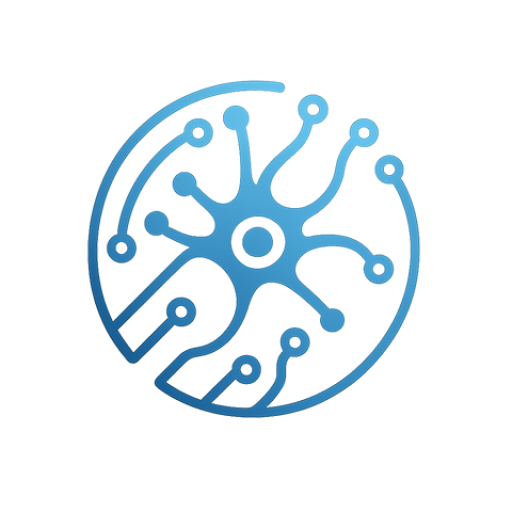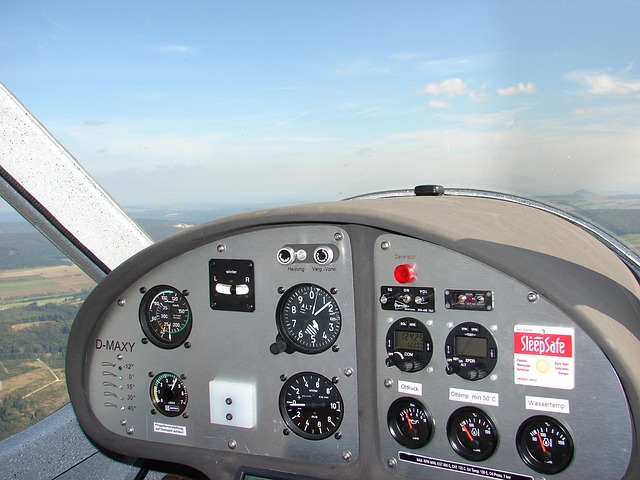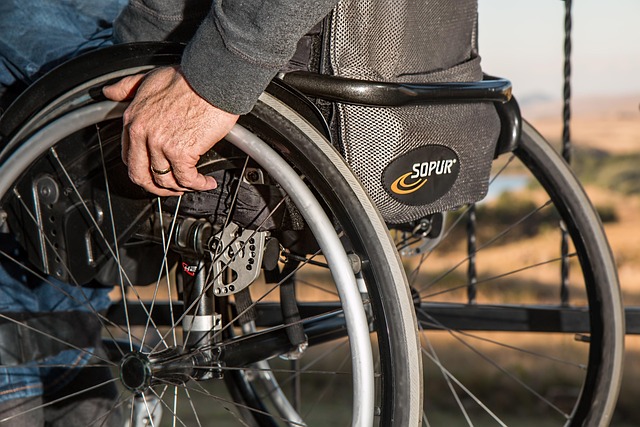Modern healthcare is increasingly reliant on non‑invasive, real‑time monitoring systems that can capture subtle physiological signals without burdening patients. Among the technologies driving this shift, the humble light sensor has quietly moved from consumer electronics to the frontlines of medical diagnostics. By detecting and quantifying light reflected, transmitted, or emitted by biological tissues, these devices open new pathways for measuring blood oxygenation, heart rhythm, glucose levels, and even early markers of disease.
The Science Behind Light Sensor‑Based Diagnostics
Light sensors, or photodetectors, convert photons into electrical signals. In a medical context, they often work in tandem with specific wavelengths—usually in the visible or near‑infrared (NIR) spectrum—to probe the absorption and scattering properties of tissues. When light penetrates skin and subcutaneous layers, it interacts with hemoglobin, melanin, and water. The resulting reflected or transmitted light carries information about oxygen saturation, blood flow, and tissue composition.
- Photoplethysmography (PPG) uses green or red LEDs paired with photodiodes to monitor heartbeats by measuring changes in blood volume.
- Near‑infrared spectroscopy (NIRS) tracks oxygenation in muscle and brain tissues, useful for assessing cerebral perfusion during surgery.
- Optical coherence tomography (OCT) employs broadband light sources and interferometry to generate high‑resolution cross‑sectional images of retinal layers.
These techniques illustrate how the light sensor, by translating optical signals into quantitative data, becomes an indispensable tool in modern diagnostics.
Miniaturization and Wearable Integration
Early optical medical devices were bulky and limited to clinical environments. Recent advances in semiconductor fabrication have allowed light sensors to shrink to the size of a coin, while power consumption drops to micro‑watt levels. This miniaturization has enabled the creation of fully wearable monitoring patches that can be affixed to the wrist, chest, or even implanted beneath the skin.
“The leap from a laboratory bench to a smartwatch‑sized sensor is what truly democratizes health monitoring,” says Dr. Elena Vasquez, a biomedical engineer at Horizon Health Systems.
Wearable light sensor platforms now support continuous monitoring of vital signs, allowing clinicians to detect anomalies like arrhythmias or hypoxemia hours before they manifest clinically. They also enable remote patient management, reducing hospital readmissions and easing the burden on healthcare facilities.
Emerging Clinical Applications
While heart rate and oxygen saturation remain the most common use cases, researchers are exploring several promising frontiers for light sensor technology.
- Glucose Monitoring: Non‑invasive glucose measurement has long been a holy grail. By analyzing the scattering of NIR light through interstitial fluid, some prototypes achieve correlation with blood glucose levels. Though still in development, these devices could eliminate the need for finger pricks.
- Cancer Detection: Tumor tissues often exhibit altered optical properties due to increased vascularity and altered refractive indices. Light sensor arrays can detect these changes, providing early, non‑invasive detection of skin cancers or internal malignancies when paired with advanced algorithms.
- Neurofeedback: In brain‑computer interface (BCI) research, light sensors capture hemodynamic responses that correlate with neural activity. This approach offers a less obtrusive alternative to electroencephalography (EEG) for neurofeedback therapies.
- Intraoperative Guidance: During surgeries, light sensors integrated into surgical tools can map blood flow in real time, helping surgeons preserve critical vascular structures.
- Environmental Health Monitoring: Sensors that track ambient light levels can be coupled with physiological data to study circadian rhythm disruptions and their impact on metabolic health.
Each of these applications underscores the versatility of the light sensor, making it a cornerstone of future diagnostic ecosystems.
Data Analytics and AI Synergy
Raw optical data from light sensors can be noisy and complex. To extract clinically actionable insights, machine learning algorithms have become integral. By training models on large datasets of photonic signals, clinicians can achieve high accuracy in diagnosing conditions such as sleep apnea, anemia, or even monitoring drug efficacy.
For instance, a convolutional neural network (CNN) can interpret PPG waveforms to differentiate between sinus rhythm and atrial fibrillation with over 95% precision. Similarly, unsupervised clustering techniques can reveal subtle patterns in NIRS data that precede clinical events, enabling preemptive interventions.
Because these algorithms run on edge devices, patient privacy is preserved, and latency is minimized—essential for time‑critical monitoring scenarios.
Regulatory Landscape and Market Outlook
As light sensor‑based diagnostics mature, regulatory agencies such as the FDA and EMA are developing clear pathways for approval. Demonstrating safety, efficacy, and reliability remains paramount. Manufacturers must provide extensive validation data, often through multicenter clinical trials that showcase device performance across diverse populations.
Market analysts predict that the global wearable medical device segment will grow at a compound annual growth rate of 20% over the next decade, with light sensor technologies accounting for a significant share. Consumer demand for at‑home health monitoring, coupled with reimbursement frameworks that recognize remote patient data, accelerates this trend.
Investment flows into startups focused on optical diagnostics continue to surge, fostering an ecosystem of rapid innovation and cross‑disciplinary collaboration.
Challenges and Future Directions
Despite remarkable progress, several hurdles remain:
- Standardization: Harmonizing sensor specifications and signal processing protocols across manufacturers is essential for interoperability.
- Calibration: Biological variability—skin pigmentation, body temperature, motion artifacts—necessitates robust calibration strategies to maintain accuracy.
- Power Management: Although power consumption has decreased, extending battery life for continuous, long‑term monitoring remains a technical priority.
- Ethical Considerations: Continuous health data collection raises questions about data ownership, consent, and potential misuse.
Addressing these issues will require collaborative efforts among engineers, clinicians, policymakers, and patient advocacy groups.
Conclusion
The journey of the light sensor from a passive component in consumer gadgets to a sophisticated medical diagnostic instrument exemplifies the power of interdisciplinary innovation. By harnessing photons to illuminate hidden physiological signals, these devices are redefining how we monitor health, detect disease, and intervene early. As technology continues to evolve, the light sensor will undoubtedly play a central role in shaping a future where health diagnostics are more accessible, personalized, and predictive than ever before.




